Green Leaf Japanese Maple (Acer Palmatum) – 5 Gallon Pot
$149.97 Original price was: $149.97.$96.99Current price is: $96.99.
SKU: D2LSC 3035957812 Category: JAPANESE MAPLE TREES
- Buy quality, buy with us.
- Your Security is Our Promise
- Sustainable materials, for a better tomorrow.
- SSL encryption, absolutely safe shopping

Green Leaf Japanese Maple
Acer palmatum
Other Names: Acer palmatum ‘Green’
Plant Details
USDA Plant Hardiness Zones: 5a-8b (9 with Afternoon Shade) Find Your Zone
Height at Maturity: 15-20′
Width at Maturity: 15-20′
Growth Habit / Form: Upright, Broad, Rounded
Growth Rate: Moderate to Fast
Foliage Color in Spring: Light Green
Foliage Color in Summer: Light to Medium Green
Foliage Color in Fall: Gold, Orange and/or Red shades
Light Needs: Full to Mostly Sun, Morning Sun with Dappled or Afternoon Shade, All Day Filtered Sun, Morning Shade with Evening Sun
Water Needs: Average
Soil Type: Clay (Amend heavy clay to ensure good drainage, Loam, Sandy, Silty
Drainage: Moist But Well Drained – Well drained soil is a must!
Soil pH: 5.0 – 7.0 is ideal
Maintenance: Low
Resistances: Deer, Heat Tolerant, Insect Resistant, Sun Tolerant
Description
Swedish naturalist C.P. Thunberg introduced Japanese Maples to western society, naming them ‘palmatum’ after the leaves resemblance to open human palms. Acer plamatum, commonly known as Green Leaf Japanese Maple, is the original species, the very first Japanese Maple ever collected in the wild and propagated from seed for use in the landscape. The graceful form provide interest year-round. Though the leaves of this beauty emerge and stay green through the warms seasons, with the arrival of cooler temperatures in fall they turn to shades of gold, orange and/or red. Fast growing and sun tolerant, you can expect up to 20 feet tall and maybe as wide when all grown up. Though naturally lower-branched, as the tree grows lower branches can be removed to expose more trunk.
Landscape & Garden Uses
To showcase its magnificence and beauty, Green Leaf Japanese Maple is best used as a specimen to draw attention. That said, you can plant in groupings of three or more in larger landscape spaces. Excellent for proving shade around patios and other outdoor sitting spaces. Container culture can extend the useful range of Japanese Maples. They are extremely easy to grow in containers, a practice taken to its most extreme form in the art of bonsai. Click on the link below under Helpful Articles for Japanese Maple container planting instructions.
Note: One Japanese Maple can make a landscape…that is, if you don’t overcrowd it with other trees and plants. Therefore, when selecting companions to plant under or around your Japanese Maple, make sure to select low-growing shrubs or groundcovers that won’t interfere at all with your tree.
Growing Preferences
Though delicate looking, Japanese Maples are actually very tough and long-lived trees and are very easy to grow in the ground or in pots, planters or other containers.
In their natural habitat, Japanese Maples are understory trees, growing in dappled forest sunlight at the edges of woodlands. Ideally they prefer to be grown in similar conditions. That said, you can find a complete listing of our sun-tolerant Japanese Maple varieties here, of which Green Leaf is one.
Most any average garden soil will grow Japanese Maples. They prefer a moist but well-drained soil rich in organic matter. As with so many other ornamental plants and trees, constantly soggy or wet soil can be problematic. So make sure to plant your Japanese Maple in a well-drained site.
Helpful Articles
Click on a link below to find helpful advice from our experts on how to plant and care for Japanese Maple trees.
How To Plant A Japanese Maple Tree In The Ground
How to Plant A Japanese Maple Tree In A Pot
How To Fertilize And Water A Japanese Maple Tree
How To Prune A Japanese Maple
Plant Long & Prosper!
Meet The Wilson Brothers & Staff
Questions? Contact Us!
Arrived in perfect condition.——————————————We are so glad you are pleased and we hope you enjoy your purchase for years to come! Thanks for the awesome review! 🙂 Beth Steele | WBG
Be the first to review “Green Leaf Japanese Maple (Acer Palmatum) – 5 Gallon Pot” Cancel reply
Related products
Sale!
JAPANESE MAPLE TREES
Sale!
JAPANESE MAPLE TREES
Sale!
JAPANESE MAPLE TREES
Sale!
JAPANESE MAPLE TREES
Sale!
JAPANESE MAPLE TREES
Sale!
JAPANESE MAPLE TREES
Sale!
JAPANESE MAPLE TREES
Sale!
JAPANESE MAPLE TREES

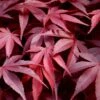
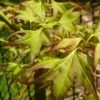
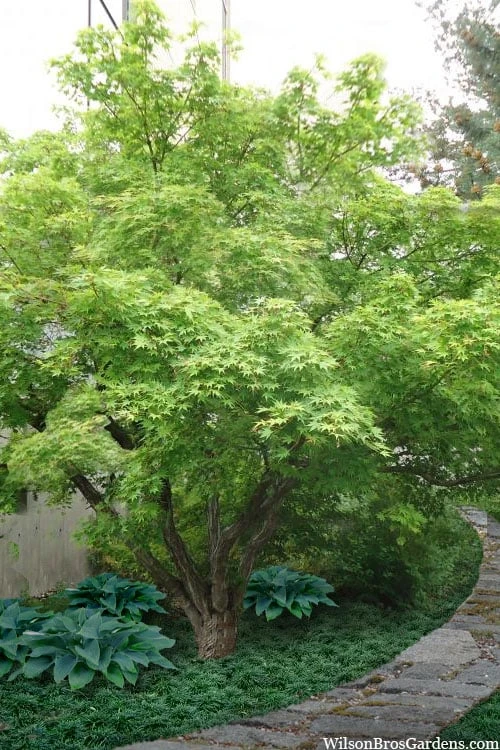
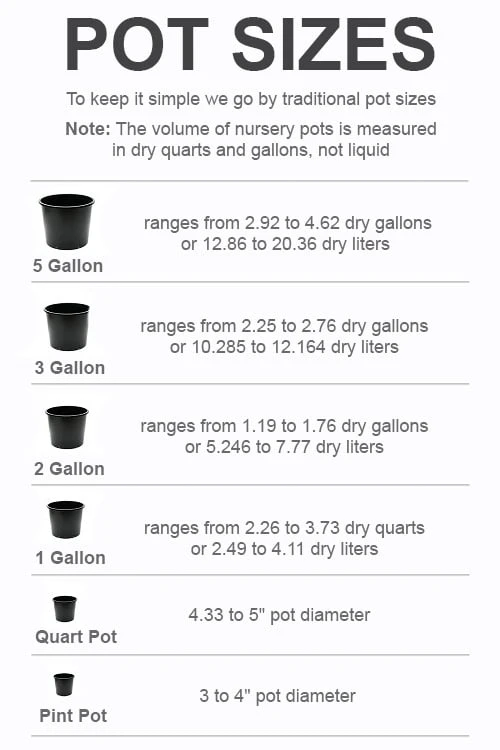

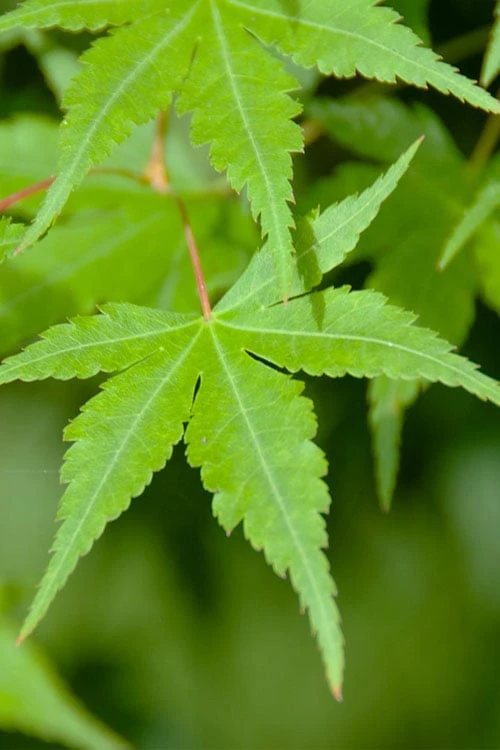



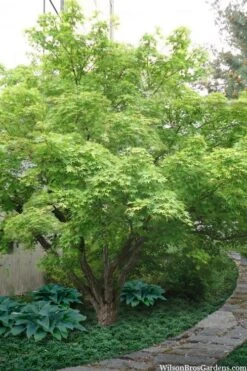

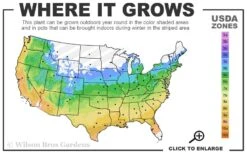

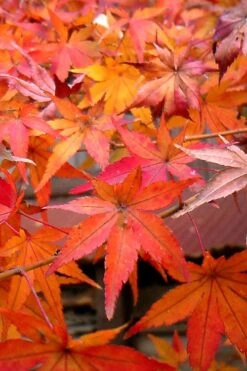


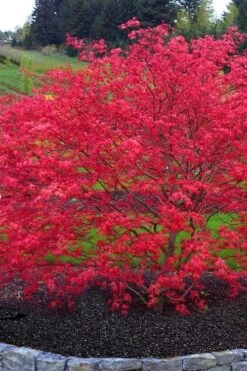
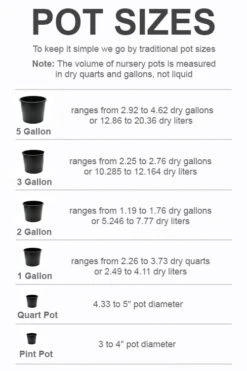
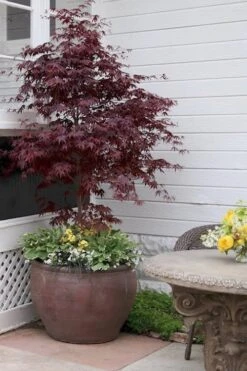



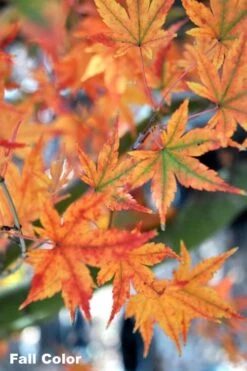
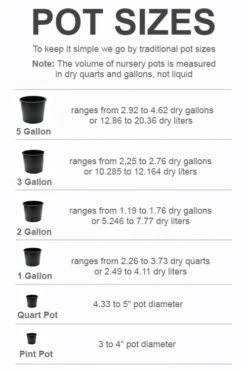
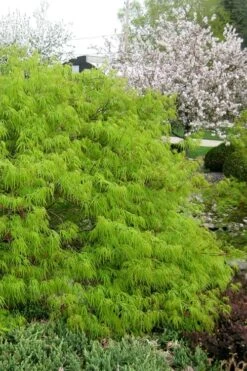
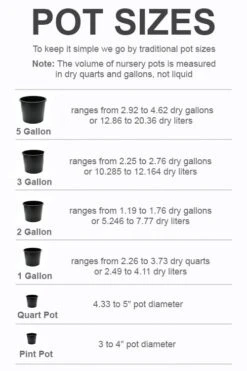

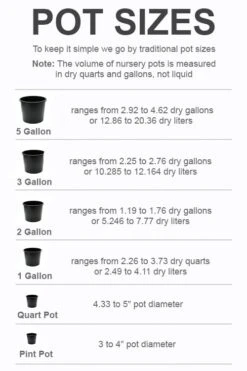
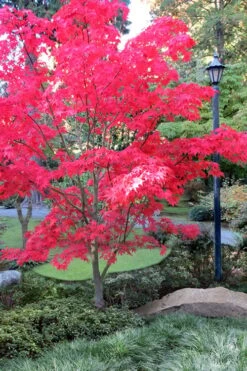
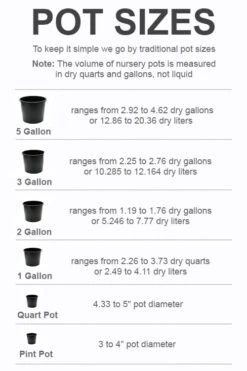
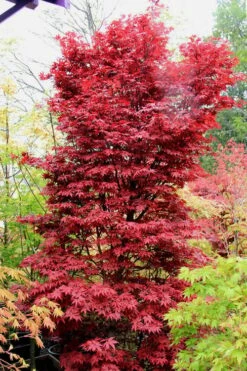
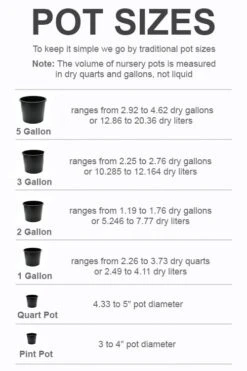
Reviews
There are no reviews yet.